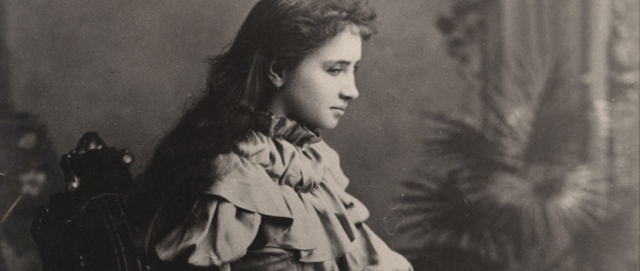Colossus of Rhodes

The Colossus of Rhodes was a statue of the Greek sun-god Helios, erected in the city of Rhodes, by Chares of Lindos in 280 BC. It was constructed to celebrate Rhodes’ victory over the ruler of Cyprus, Antigonus I Monophthalmus, whose son Demetrius I of Macedon unsuccessfully besieged Rhodes in 305 BC.
According to most contemporary descriptions, the Colossus stood approximately 33 metres (108 feet) high—the approximate height of the modern Statue of Liberty from feet to crown—making it the tallest statue of the ancient world.
It collapsed during the earthquake of 226 BC, although parts of it were preserved. Ptolemy III offered to pay for the reconstruction of the statue, but the oracle of Delphi made the Rhodians afraid that they had offended Helios, and they declined to rebuild it.
The remains of the statue lay on the ground as described by Strabo (xiv.2.5) for over 800 years, and even broken, they were so impressive that many travelled to see them. Pliny the Elder remarked that few people could wrap their arms around the fallen thumb and that each of its fingers was larger than most statues.
In 653, an Arab force under Muslim caliph Muawiyah I captured Rhodes, and according to The Chronicle of Theophanes the Confessor, the statue was melted down and sold to a Jewish merchant of Edessa who loaded the bronze on 900 camels. Because of this, archeologists do not know much about the exact location of the statue or what it looked like. Most believe that it depicted the sun god standing naked while he lifted a torch with one hand and held a spear in the other. It was once believed that the statue stood with one leg on each side of a harbor, but most scholars now agree that the statue’s legs were most likely built close together to support its immense weight




